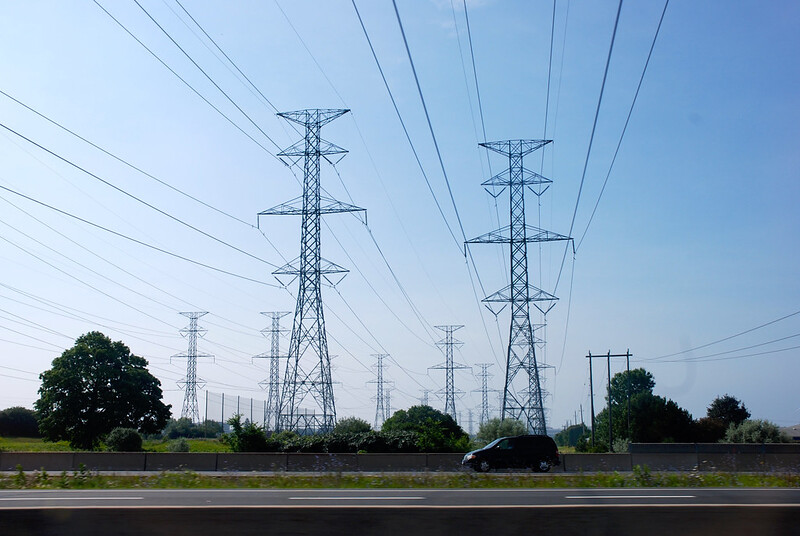CALGARY, AB — The Pembina Institute has today published its response to the Government of Canada’s proposed frame for forthcoming Clean Electricity Regulations (CER), released last month.
Pembina Institute is continuing to engage with the federal government, provincial governments, industry stakeholders, Indigenous communities, organizations, and rightsholders to finalize our recommendations.
Our publication today includes a detailed response to the draft frame, its underlying assumptions and proposed mechanisms. This follows our release last month of a short report outlining principles for a net-zero grid in Canada.
We believe the Proposed Frame provides an overall structure that could deliver a net-zero grid by 2035, if certain design elements and fundamental assumptions are addressed to achieve that goal:
- The CER must ensure that any electricity emissions in 2035 and beyond are addressed with credible, verifiable, additional and permanent offsets, in order to achieve a truly net-zero grid by 2035 that is credible to investors, Canadian citizens, companies with ESG goals, civil society, and the international community.
- The regulatory emissions standard should meet the emissions intensity of “best-in-class” gas with carbon capture.
- The CER must include interim targets between now and 2035, and must be applicable to new units earlier than suggested in the government’s proposed frame (January 2024), to prevent the creation of additional stranded assets in the future.
- All electricity emissions from cogeneration* and behind-the-fence** generation must be subject to the CER.
- Remote communities and territorial grids must be included in the CER to ensure they are included in efforts to decarbonize Canada’s electricity generation.
Binnu Jeyakumar, our director of electricity, is available for interviews.
* Cogeneration is the simultaneous production of electricity and another product, such as heat or steam. In Alberta, it accounts for 28% of total electricity generation.
** Behind-the-fence refers to instances where electricity is generated on-site (for example, at an oilsands facility) to meet the electricity needs of the site. However, some of this electricity may be sold to the grid.
Quotes
“The draft frame released by the federal government is a tangible step on Canada’s path to a net-zero electricity grid by 2035. Achieving this goal, with interim targets along the way, will mean that Canadians can feel confident that the energy they use will be getting cleaner all the time – and by 2035, when they flip a light switch, they won’t be adding any more harmful greenhouse gases to our atmosphere.
The Clean Electricity Regulations will inform what electricity generation gets built in the next few years. If the rules are too weak, Canada will end up locked in for decades with unnecessary unabated gas generation, instead of cleaner, cheaper renewables. Our research shows that a modern, 21st century grid based primarily on renewables, battery storage, demand-side management, energy efficiency, and transmission interties can provide reliable electricity to Canadians, at a more affordable price than our current energy mix.”
- Binnu Jeyakumar, electricity program director, Pembina Institute
Contact
Alex Burton
Senior Communications Lead, Pembina Institute
825-994-2558
Background
Report: Pembina Institute response to the proposed frame for the Clean Electricity Regulations
Report: Achieving a Net-Zero Canadian Electricity Grid by 2035: Principles, benefits, pathways




